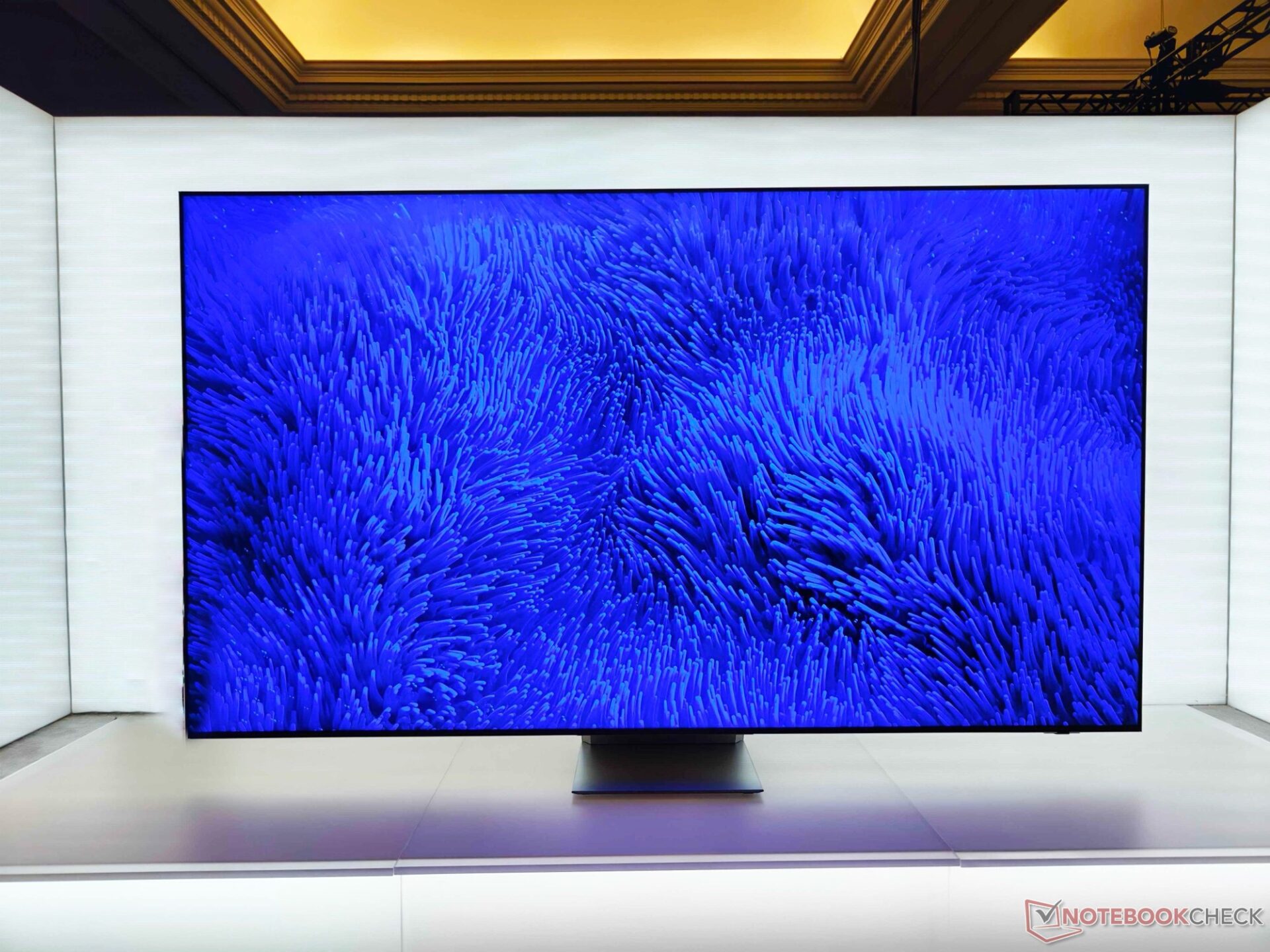Home theater fans looking to buy a top-tier TV have to pick between OLED and LCD TVs that utilize mini-LED backlighting. Each type has its perks and downsides: OLED screens deliver deep blacks without any halo effects and boast quicker response times, whereas mini-LED TVs shine with much higher peak HDR brightness. MicroLED TVs aim to merge the best features of both options, since each individual subpixel is made up of a tiny light-emitting diode.
Pricey MicroLED Displays
MicroLED screens are on the market, but they usually come with a price tag exceeding $100,000, making them unaffordable for most people. At the CES 2025 event held in Las Vegas, Samsung introduced a compelling alternative. Rather than employing microLEDs as individual pixels, Samsung has decided to use them as backlighting. This strategy allows the South Korean tech giant to significantly lower the count of LEDs and dimming zones while still providing more accurate backlight control compared to traditional mini-LED technology. Although Samsung has not disclosed the precise number of LEDs or dimming zones, it’s anticipated that the new Samsung microLED TV will feature tens of thousands or even hundreds of thousands of dimming zones, unlike the mere thousands found in mini-LED models.
Enhanced Color and Efficiency
This innovative method should minimize blooming effects and lead to more vibrant colors, as microLEDs can produce not just white light, but also red, green, and blue light to align with the content being shown. The alignment of the backlight color with the LCD panel, which serves as a color filter, can result in a 30% reduction in power consumption while maintaining the same brightness levels. Samsung’s prototype microLED TV is said to cover 90% of the BT.2020 color space. While the company has not yet revealed the cost or launch date for their RGB microLED smart TV, it is expected to be pricier than Samsung’s 8K Neo QLED TVs, which are currently listed on Amazon starting at $2,898.
Conclusion
Samsung’s new approach to microLED technology could potentially change the landscape of high-end televisions, offering better performance and efficiency. As the competition in the market heats up, consumers will be eager to see how this development unfolds and what it means for future home theater setups.



Leave a Reply